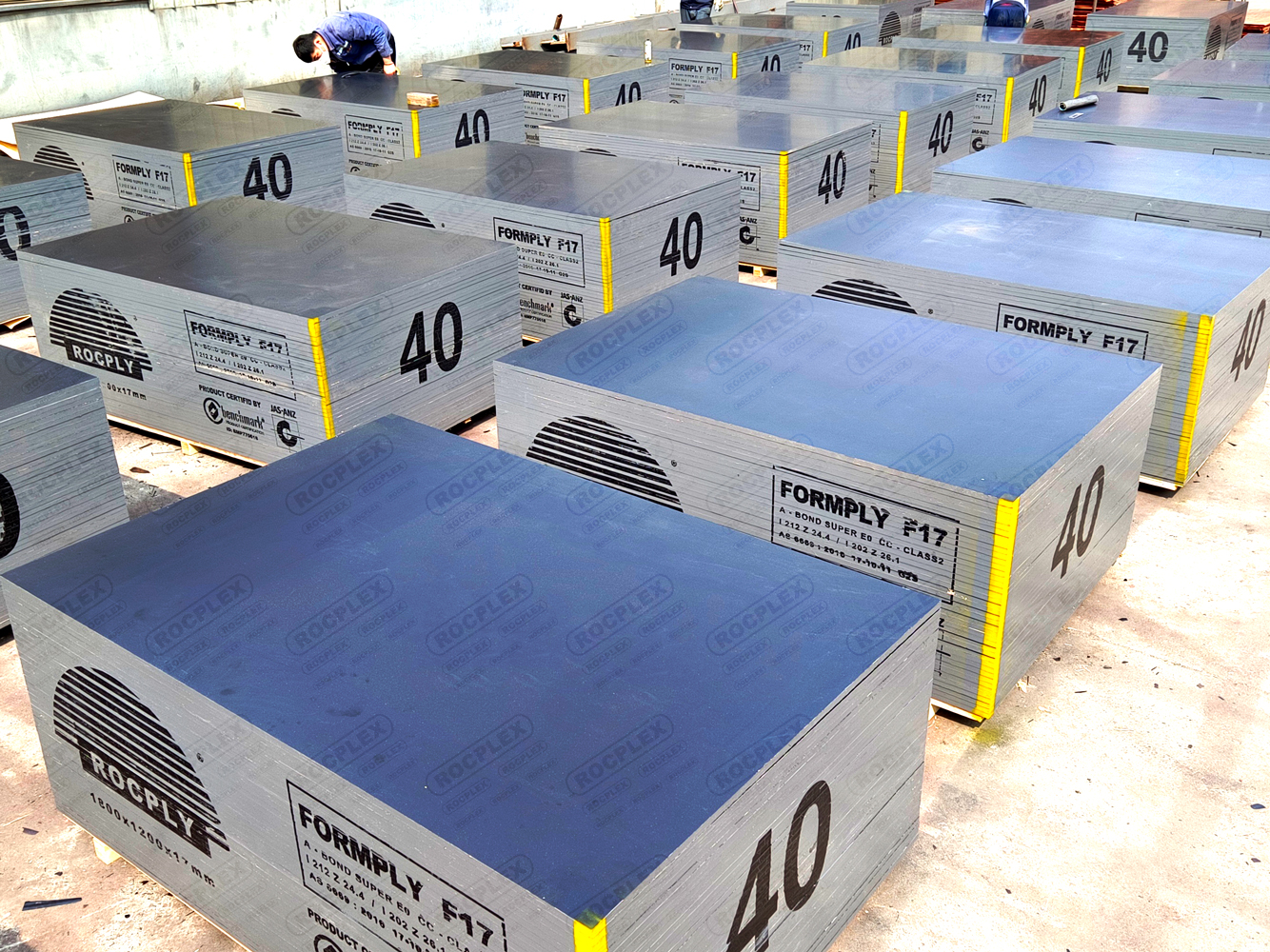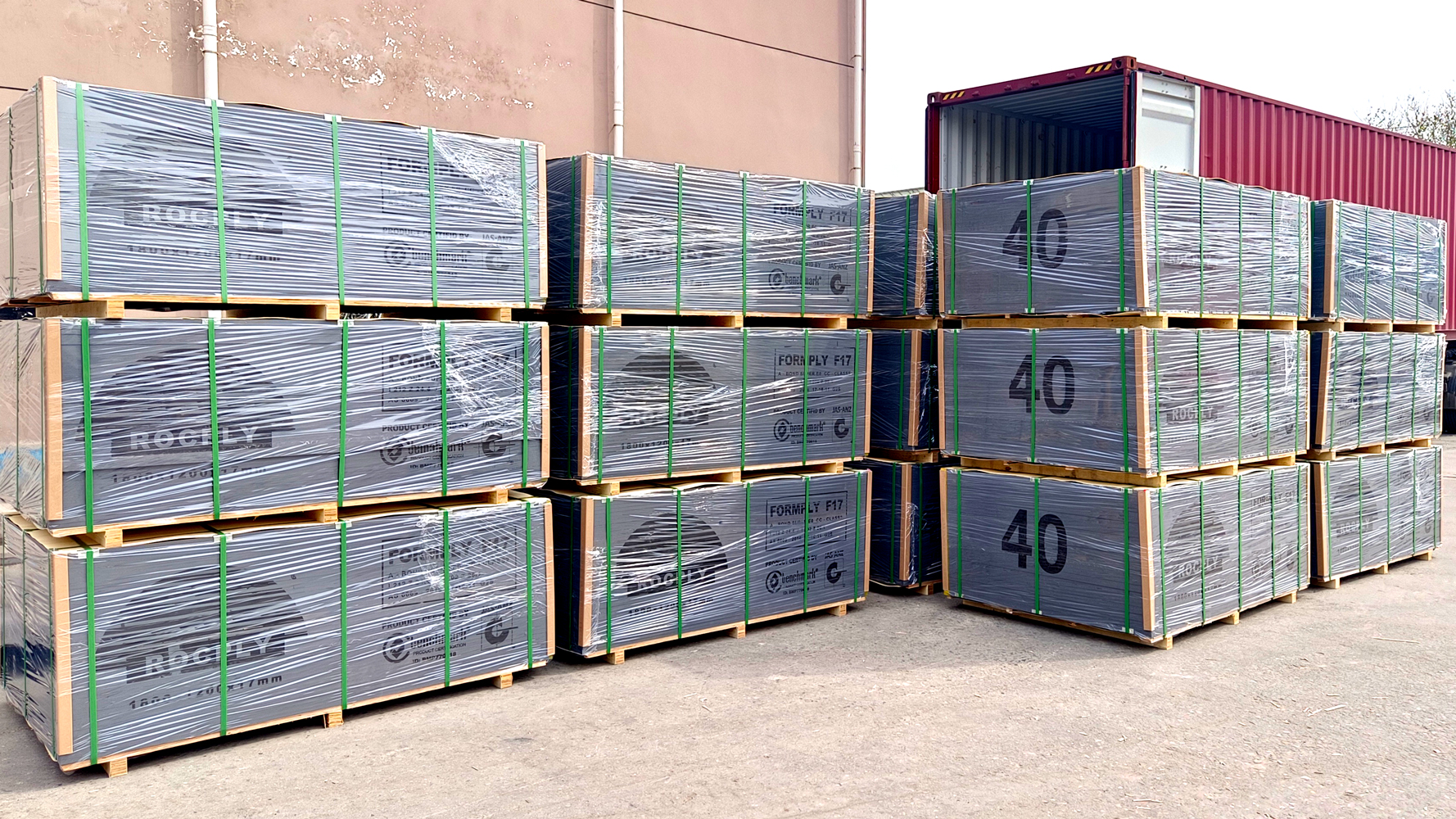Formply vs Marine Ply: An In-depth Comparison
When you embark on a construction project, one crucial decision you must make is the type of plywood to use. Two common options, Formply and Marine Ply, often come under consideration. Both have their unique properties, advantages, and applications. But how to make a choice between them? This article delves into the specifics of Formply and Marine Ply, helping you decide which is more suitable for your needs.

Understanding Formply and Marine Ply
Formply and Marine Ply, both types of plywood, are popular in the construction industry for their respective benefits.
Exploring Formply
Formply, also known as formwork plywood, is a high-density overlay (HDO) plywood specially designed for concrete formwork.
The Significance of Formply
It’s critical to the construction industry because its denseness and smoothness deliver a superior off-form finish to concrete structures.
Marine Ply at a Glance
Marine Ply, on the other hand, is a top-quality plywood made with waterproof adhesive to resist humidity, moisture, and water.
Why Marine Ply Matters
Marine Ply is highly valued for its ability to resist rotting in a high-moisture environment, which makes it the go-to material for projects exposed to harsh weather conditions.
In the next section, we’ll explore how to use Formply and Marine Ply and what best practices to follow to get the most out of them.
Applying Formply and Marine Ply
Both Formply and Marine Ply can be used in diverse ways in construction projects. However, understanding their proper application can optimize their potential and longevity.
The Application of Formply
Formply is designed primarily for concrete formwork. Its application ranges from constructing retaining walls and substructures to civil engineering works like bridges, tunnels, and water treatment plants.
Best Practices for Using Formply
To obtain the best results with Formply, it’s essential to follow certain practices. First, use plastic supports to avoid the panel from directly touching the ground. Second, store the panels flat in a clean, dry area to prevent water absorption. Lastly, when in use, apply a release agent to the surface to ensure easy removal from concrete.
Implementing Marine Ply
Marine Ply is used where resistance to moisture or high humidity is required. It’s commonly found in the manufacture of boats, docks, and other marine structures.
Marine Ply Usage Guidelines
Just like Formply, Marine Ply also needs care in handling. Always use a sharp fine-toothed saw blade for cutting to prevent the surface from splintering. Ensure all cut edges are sealed with an appropriate product to maintain its water resistance.
Specific Examples and Practical Impact of Formply and Marine Ply
These types of plywood have been successfully utilized in a multitude of construction projects worldwide due to their unique properties.
Successful Instances of Using Formply
For example, Formply was heavily employed in the construction of the Sydney Opera House. It provided a mold for the iconic curved shapes of the structure’s shells, demonstrating its versatility and capacity for forming complex shapes.
Formply Practical Impact
The practical impact of Formply is its ability to hold heavy weights and resist water, crucial factors in any construction project. Its hard-wearing surface allows for multiple uses, making it cost-effective in the long run.
Marine Ply in Action
In contrast, Marine Ply was used extensively in the restoration of the Cutty Sark, one of the world’s most famous ships, showcasing its durability and resistance to harsh marine conditions.
The Practical Value of Marine Ply
Marine Ply’s value lies in its water-resistant property and its ability to maintain strength and stability in wet and humid conditions. This makes it invaluable in marine and outdoor construction projects, significantly increasing the lifespan of structures.
Challenges and Future Outlook of Formply and Marine Ply
Like all building materials, Formply and Marine Ply face challenges. However, understanding these challenges and their potential solutions allows for the optimal use of these resources in various construction projects.
Formply: Challenges and Solutions
A common challenge with Formply is its vulnerability to extreme moisture over a prolonged period, potentially leading to delamination. However, implementing best practices, such as sealing all cut edges and avoiding direct ground contact, can mitigate these effects.
Marine Ply: Overcoming Hurdles
Marine Ply, while excellent for damp conditions, can be expensive. This cost can be a barrier for some projects, but the benefits often outweigh the initial expenditure given its longevity in wet conditions.
The Future of Formply and Marine Ply
Looking ahead, Formply and Marine Ply are likely to continue to be staples in the construction industry. The growing trend of sustainable construction practices may spur innovations to increase their environmental friendliness, such as sourcing from certified sustainable forests or developing eco-friendly adhesives.
The Importance of Understanding Formply and Marine Ply
Having explored Formply and Marine Ply in detail, their respective strengths and limitations, as well as their various applications, we can conclude that both materials offer unique advantages in the realm of construction and woodworking.

Recap of Key Points on Formply and Marine Ply
Formply, characterized by its high strength and durability, makes it a preferred choice for concrete formwork, whereas Marine Ply, renowned for its moisture resistance, finds its greatest strength in applications that require exposure to damp conditions.
Despite these strengths, it’s essential to remember that each material comes with its challenges. For instance, Formply may delaminate under extreme moisture conditions, and Marine Ply can be a costly option. However, the potential solutions to these challenges allow us to harness the full potential of these resources.
Understanding the core characteristics of Formply and Marine Ply is just the beginning. To truly harness the power of these versatile materials, we encourage building materials wholesalers, construction site managers, and anyone else interested in construction and woodworking to delve deeper. Explore these materials in practice, understand their capabilities, and consider how they could enhance your own projects.
By doing so, you’ll be better equipped to make informed decisions about when to use Formply and when to opt for Marine Ply, ensuring your construction projects are built to last, no matter the conditions they’ll face.
Post time: Jul-24-2023

